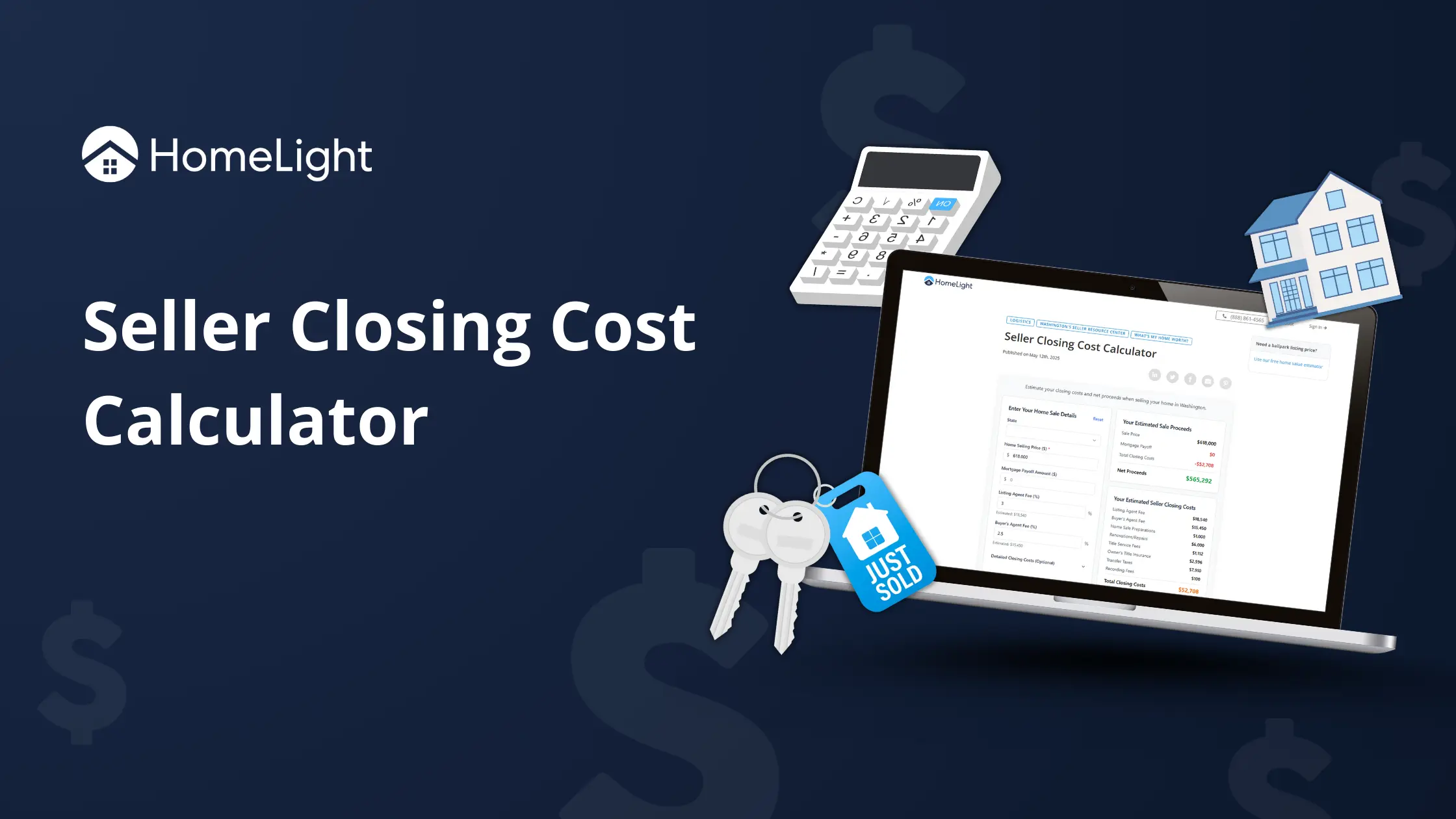
A loan-to-value (LTV) ratio is a lender’s risk meter. It’s a number assigned to a secured loan that can either open or close doors to the funds you need to purchase or refinance a home. The LTV percentage can also push your interest rate up or down. In this easy guide, we’ll help you get a clear understanding of loan-to-value ratio, how to calculate it, and what different LTV ratios mean for you. We’ll also share tips to lower your loan-to-value ratio.
The loan-to-value ratio (LTV) is a metric used by lenders to assess the risk of lending to you. In real estate, the LTV compares your requested loan amount to the value of the home you’d like to purchase. It’s calculated by dividing the loan amount by the appraised value of the property. If a lender gives you a loan worth 75% of the value of the house, the LTV is 75%. Lenders consider higher LTVs to be riskier because if the loan defaults, their loss would be greater. To mitigate this higher risk, lenders will typically charge a higher interest rate on a high LTV loan. Being on the other side of the metric works in your favor. A lower LTV usually leads to a lower interest rate. If the LTV is over 80%, most lenders will require you to carry private mortgage insurance (PMI) which increases your monthly loan payments. Calculating your LTV ratio is straightforward. Simply divide your mortgage loan amount by the appraised value of your home and multiply by 100 to get a percentage. If you’re buying a home appraised at $500,000 and your loan amount is $400,000, your LTV ratio is 80% A good LTV ratio is typically 80% or lower. This ratio is favorable because it indicates that you will have a solid amount of equity in your home, which reduces the lender’s risk. An 80% LTV ratio often qualifies you for better interest rates and loan terms.What is a loan-to-value ratio in real estate?
How to calculate your loan-to-value ratio
What is a good LTV ratio?



